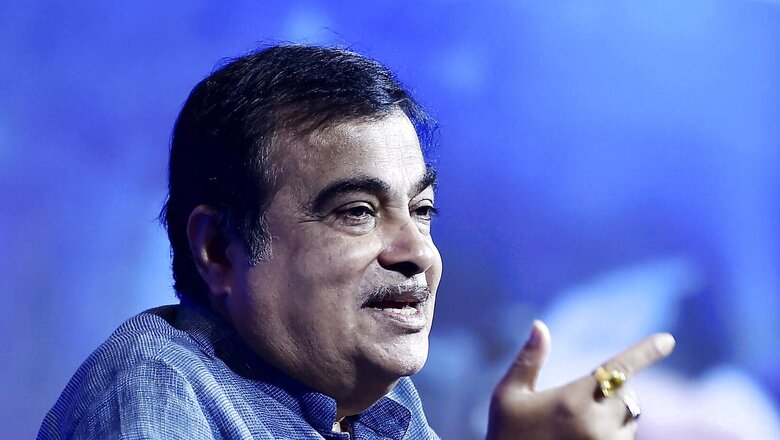
views
Union Minister Nitin Gadkari announced that the government intends to build an electric highway between Delhi and Mumbai to reduce pollution and he urged owners of heavy vehicles to employ alternative fuels including ethanol, methanol, as well as green hydrogen.
During an event organised by the Hydraulic Trailer Owners Association that took place on July 11, the minister stated: “Our planning is to make an electric highway from Delhi to Mumbai. Just like a trolleybus, you can run trolley trucks also.”
Additionally, Gadkari said that the central government workers are building Rs 2.5-lakh-crore tunnels.
It should be noted that previously during a parliamentary session, Gadkari said that the government is attempting to build a separate “e-highway” on the 1,300-kilometre-long Delhi-Mumbai Expressway where trucks and buses may go at a speed of 120 kilometres per hour.
The minister also once stated last year that “it is my dream to build an electric highway from Delhi to Jaipur. It is still a proposed project. We are in discussion with a foreign company”.
Even in 2016, Gadkari said that India may have an e-highway stretch which would be similar to Sweden.
What is E- Highway?
It is understood that an e-highway is a road that provides electricity to moving vehicles, especially through overhead power lines.
However, the Delhi-Mumbai expressway, whose construction is now ongoing, is expected to include separate lane for electric highway. Compared to electric automobiles and two-wheelers, it is probably viable for electric trucks and buses.
This concept is not new in western countries. Siemens started testing trolley-style automobiles in Germany in 2012.
It was reported that at speeds up to 60 mph, hybrid diesel-electric vehicles were equipped with rods that elevate when they encounter highways with overhead power lines.
Future Siemens system pilot projects were expected to include ports of Los Angeles and Long Beach to help reduce
smog in California.
The Munich-based Siemens Mobility provides hybrid trucks that use a pantograph to draw electricity from an overhead wire in a manner similar to a tram. The method employs 670-volt direct-current overhead cables.
When the overhead wire is connected, the trucks can only be powered by electricity. They switch back to their hybrid engines as they re-enter the main highway. So, if a driver veered left or right while still attached to the cables, they would not disengage.
It is believed that India’s e-highway would be similar to what Siemens is doing. But the plans for such highways are still at an early stage.
However, it should be noted that whenever the plan is executed and India’s first e-highway becomes operational, it will contribute to the country’s climate sustainability goals.
During the event, while highlighting the fact that pollution is a major concern in India, Gadkari urged heavy vehicle owners “to use alternative fuel like ethanol, methanol and green hydrogen as they are cost-effective and import substitutes” and continued by stating that India needs all forms of transportation due to its rapidly expanding economy.
Read all the Latest News, Breaking News, watch Top Videos and Live TV here.










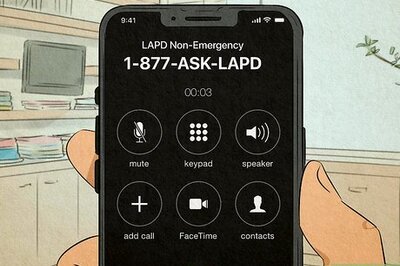


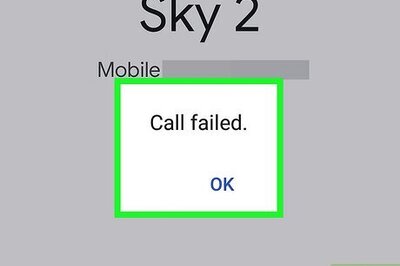
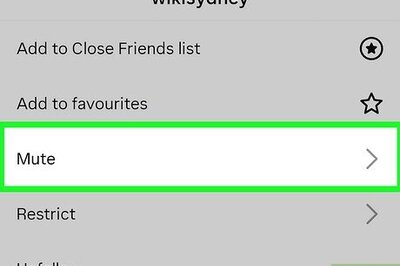
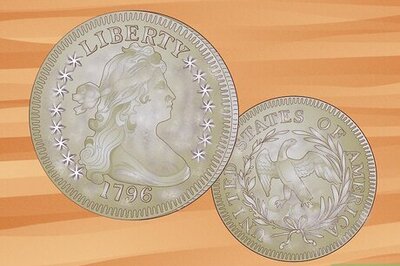
Comments
0 comment